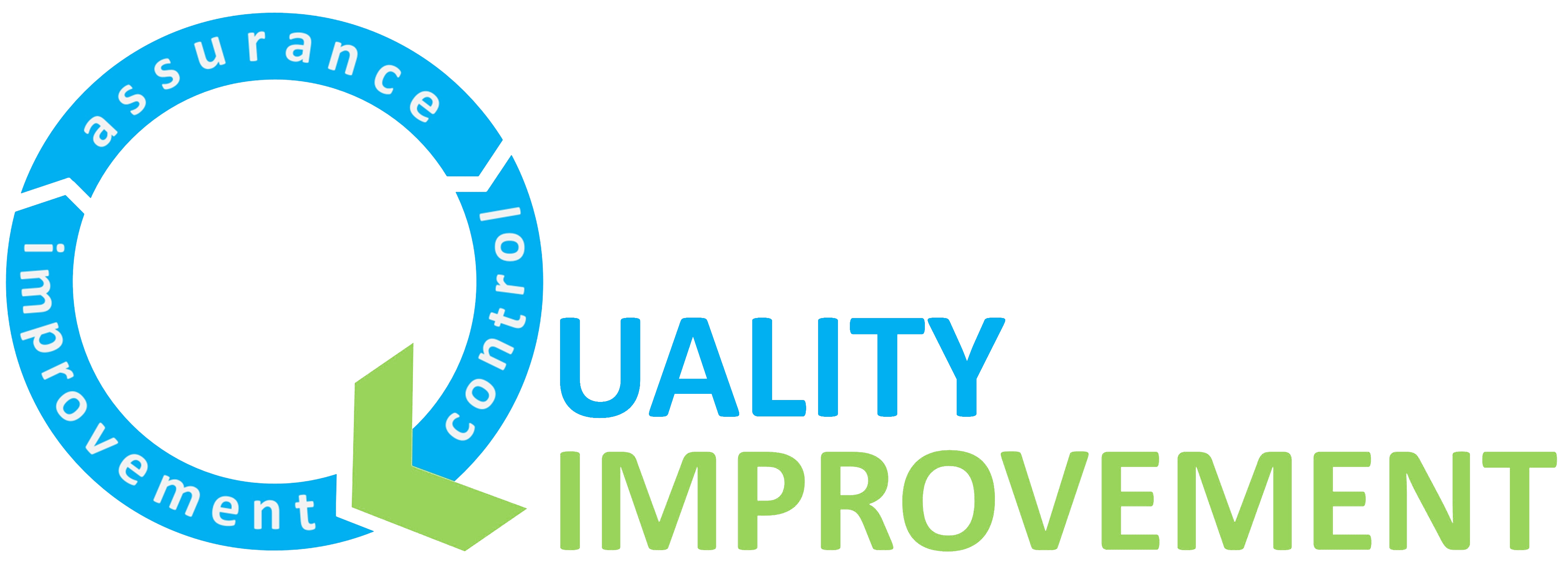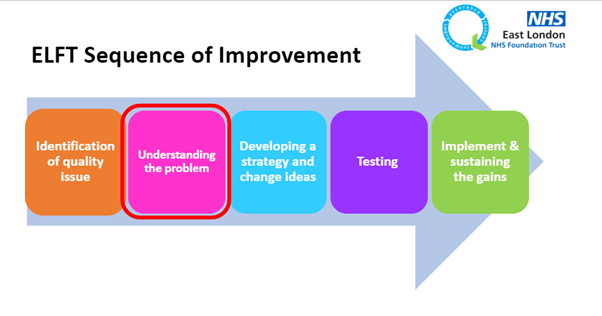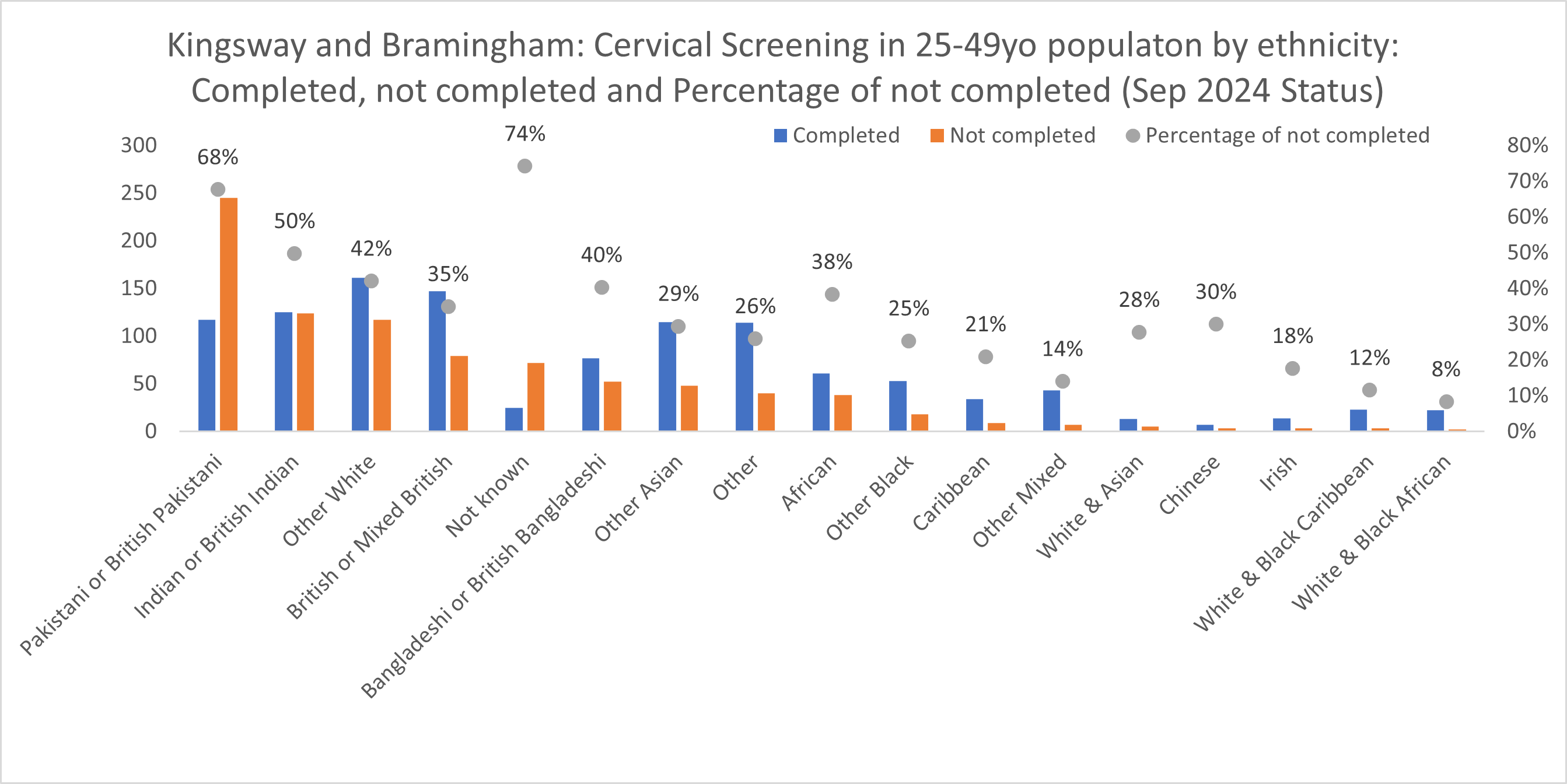
Transforming Patient Advocacy through Quality Improvement: The PALS Innovation Journey
8th November 2024
By Carlos Santos, Julie Roye and Joanne Alder-Pavey
Kingsway and Bramingham Medical Centre (KBMC) is part of the East London Foundation Trust (ELFT) Primary Care Directorate, which also includes Leighton Road Surgery (Leighton Buzzard), Cauldwell Medical Centre (Bedford) and several primary care practices in London. Together, these teams provide primary care services to nearly 65,000 people across London, Luton, and Bedfordshire. KBMC’s successful integration into ELFT on 1st October 2023 marked the beginning of a transformative journey—one that is defined by a relentless pursuit of health equity and meaningful community impact.
Leveraging data, community insights, and the ELFT Sequence of Improvement (Figure 2), the centre began its process of “Identifying the Quality Issue”— laying the foundation for long-term, lasting impact on the community’s well-being.
I. The Quality Issue
Health disparities persist across KBMC population, particularly within the Pakistani community. Issues around accessibility to healthcare services—specifically diabetes management, cervical screening, and children’s vaccination—were evident across multiple ethnic groups. For example, data from September 2024 revealed that Pakistani women accounted for 30% of all missed cervical screenings among those aged 25-49. This highlighted a significant gap in preventive health services.
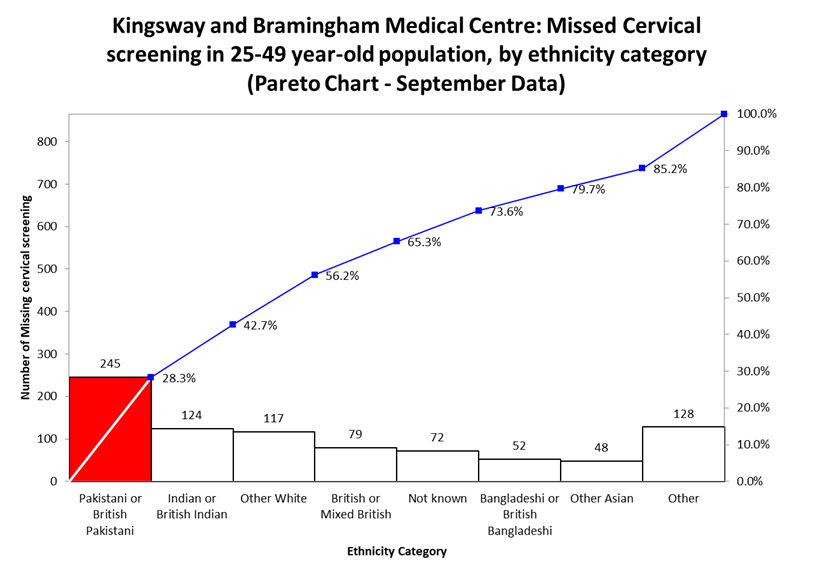 Figure 1: Pareto Analysis of Missed Cervical Screening in Kingsway and Bramingham
Figure 1: Pareto Analysis of Missed Cervical Screening in Kingsway and Bramingham
II. Understanding the Problem
Figure 2: ELFT Sequence of Improvement
The work undertaken during the 2024 visit from the Institute for Healthcare Improvement (IHI) (Figure 3) allowed the team to develop a nuanced understanding of the barriers to screening – including cultural beliefs, language obstacles and challenges related to accessibility, all contributing to low screening rates.
Figure 3: Fishbone Diagram built on the context of the IHI Visit (April 2024)
Limited literacy and difficulties to understand written communication, especially in patients’ own languages, pose significant challenges in healthcare – leading to several negative consequences, including:
- Reduced Patient Engagement: Patients with low literacy often struggle to comprehend written information, such as appointment letters or informational pamphlets. This reduced understanding can result in disengagement with healthcare services and missed appointments.
- Misinterpretation of Instructions: Inadequate literacy may lead to the misinterpretation of healthcare instructions and prescriptions, potentially compromising patient safety and health outcomes.
- Barriers to Preventive Care: Patients may miss out on essential preventive care services, such as immunisations or screenings, due to their inability to understand appointment reminders and invitations.
- Increased Health Disparities: The lack of access to information in one’s own language contributes to health disparities, as patients from non-dominant language backgrounds face challenges in accessing and understanding healthcare resources.
III. Learning from the Data: Cancer Prevention in 25-49 year-old Pakistani Women
Figure 4:Cervical Screening Completion and Disparities Among the 25-49 Year-Old Population by Ethnicity (September 2024)
Analysis of the cervical screening data for Pakistani women aged 25-49 (Fig. 4) presented significant challenges:
- 68% of these women were missing their screenings. This could be due to cultural, linguistic, or accessibility barriers that require further investigation.
- The Indian or British Indian group also showed concerning rates, with 50% of appointments missed. Both of these groups will benefit from targeted outreach and education to boost engagement.
- The Other White and British or Mixed British groups also exhibited missed appointment rates of 42% and 35%, respectively, reflecting a roughly balanced achievement-to-missing ratio. Interestingly (see the blue columns on the figure 3), these groups potentially had better access to screening compared to other communities.
NEXT STEPS: Addressing Health Disparities
To address these disparities, the team drew inspiration from successful interventions implemented at Cauldwell Medical Centre (Figure 5). Proven strategies were adapted to better meet the needs of the Luton community, including:
- Female-Only Clinic Days to provide a culturally comfortable environment.
- Multilingual Videos to ensure that information is accessible in multiple languages.
- Community Health Champions to build trust and advocate for the importance of screenings.
Figure 5: Driver Diagram devised at Caldwell Medical Centre to increase cervical screening uptake
The next steps also involve develop a cluster of projects that include:
- Improving Diabetes Care: Establish targeted support initiatives to improve diabetes management among underrepresented groups, focusing on patient education and culturally appropriate interventions.
- Increasing Cervical Screening for the 25-49yo Population: Address the barriers to attendance, including access and cultural concerns, with interventions such as female-only clinics, multilingual resources, and active community outreach.
- Children’s Immunisation Coverage: Ensure equitable childhood immunisation coverage, focusing on MMR (12-18 months), PIPV booster, and third DTP doses to address existing gaps in preventive care among different ethnic groups.
Highlight of Developed Videos and Evaluation: Videos have been developed to assist with patient engagement, ensuring key information is accessible. Currently, efforts are underway to measure how many patients have viewed these videos and the perceived helpfulness of the content. This data will help refine future communication strategies.
Community Outreach Event at the Gurdwara: A community outreach event is planned for December at the Gurdwara, aimed at increasing awareness and engagement in preventive health services. Patients are being contacted via text messages to gauge interest in the event.
School Participant Group: Further details are awaited from a local school to finalise the participant group, enhancing the inclusivity and impact of outreach activities.
Next Story: Improving Diabetes Care
The journey of health equity at KBMC is envisioned as a living document—one that will continue to evolve alongside ongoing interventions, deepening relationships, and growing community health outcomes.
In the next story, we will hear how Kingsway and Bramingham Medical Centre will improving diabetes care. Stay tuned as the centre continues its commitment to equitable, community-focused healthcare improvements.
Most Read Stories
-
Why is Quality Control important?
18th July 2018
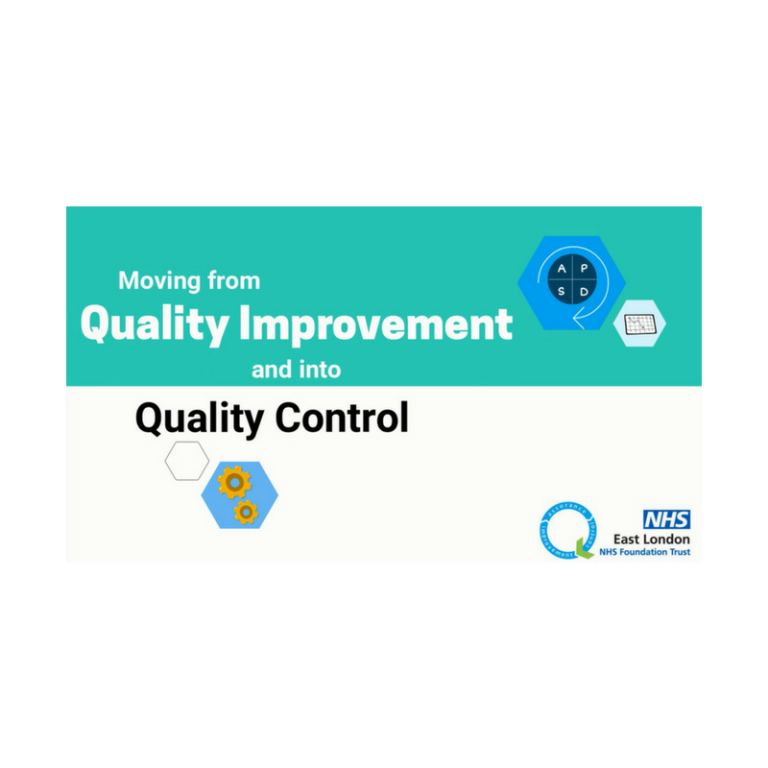
-
An Illustrated Guide to Quality Improvement
20th May 2019
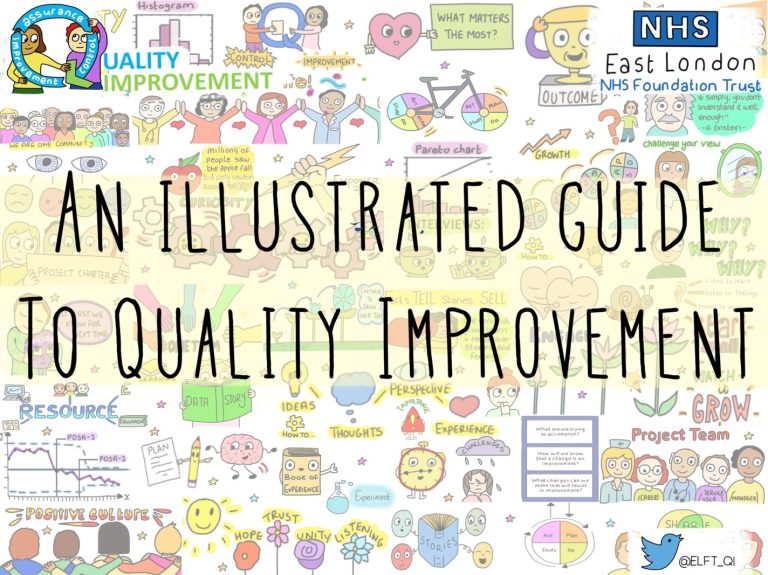
-
2016 QI Conference Poster Presentations
22nd March 2016
-
Recognising Racism: Using QI to Help Take Action
21st January 2021
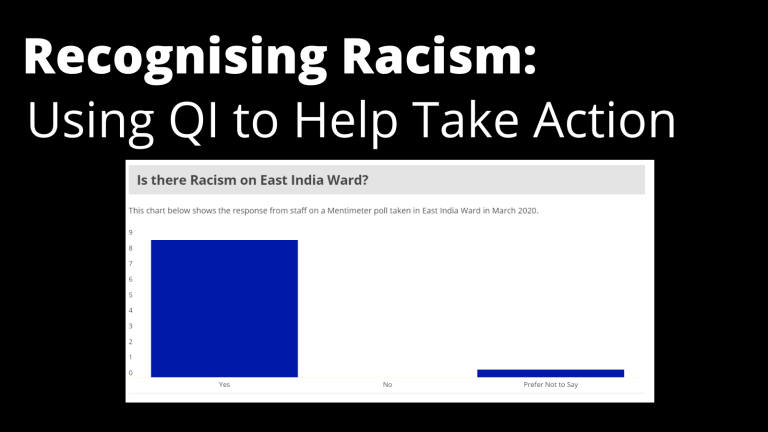
-
Using data enabled us to understand our problem
31st March 2023

-
QI Essentials: What does a Chief Quality Officer do?
18th March 2019

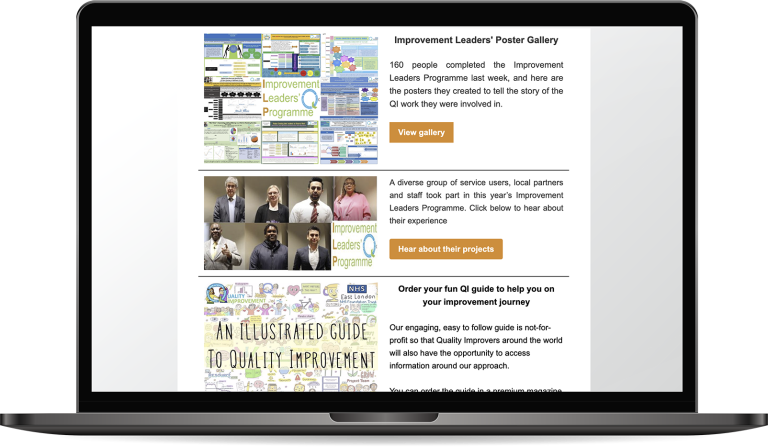
Follow QI on social media
To keep up to date on the latest concerning QI at ELFT, follow us on our socials.

